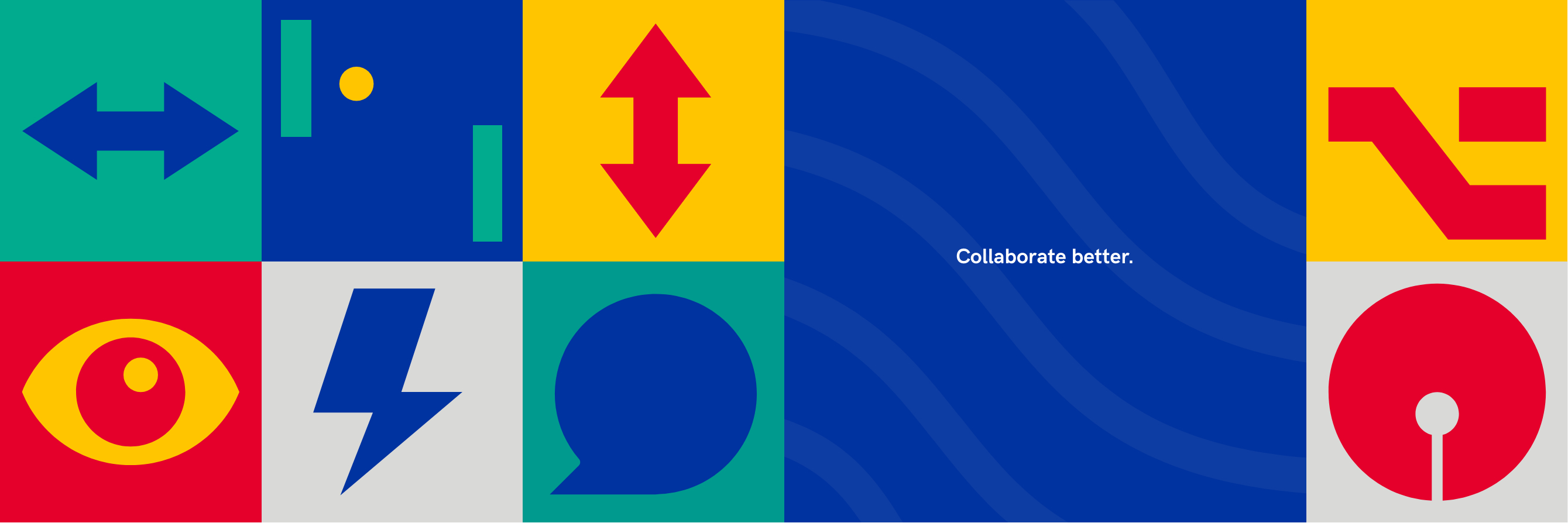
Blog, Published in admin10.12.24
What is the difference between controlled documents and records?
Blog, Published in admin | 10.12.24
If you haven’t worked with management systems before, it’s perhaps not surprising that you haven’t spent much time examining the differences. In this text, we will try to define and hopefully provide a clearer picture of what they actually entail. However, if you have worked with management systems before, you have probably encountered the question, and it hasn’t always been easy to answer without a clear definition.
So, what is the difference? No definition is universal, but we are convinced that understanding the differences is crucial to creating an effective and functioning structure in your management system.
A management system that contains the right documentation, controlled documents, allows you to work more systematically and ensure that processes are not only followed but also continuously improved. This not only creates order and structure within the organization but also contributes to a sustainable and successful way of working. Records don’t necessarily have to be part of the management system but can be placed elsewhere in the organization, such as a SharePoint library, servers, or even physical binders.
So what are the practical differences between controlled documents and records? Let’s break it down.
Controlled documents – Your compass
Controlled (or governing) documents are the foundation of your management system. These are the documents that set the direction for how things should be done. They can include policies, process descriptions, routines, instructions, checklists, and more. Controlled documents ensure that all employees know what is expected of them and how different tasks should be performed. They serve as a compass for your way of working and help you practice what you preach.
By having well-designed controlled documents, you reduce the risk of errors and deviations, creating clarity that provides job security. Do you have, for example, a policy for workplace safety? Then this is a controlled document that everyone in the organization should know and follow.
Records – Proof that you do what you say
If controlled documents are the compass, then records (or reporting documents) are the proof that you have indeed followed it. Records are the documentation of how you have worked and show that you have adhered to the guidelines and routines that are set.
Records are important during audits or internal reviews, as they serve as a receipt that the work has been performed according to your controlled documents and pre-decided processes. By having a good structure for records, you ensure that you can always demonstrate that you work in line with your goals and guidelines.
How do they relate?
Controlled documents and records work hand in hand. The controlled documents guide you on how the work should be done, while the records show that you have followed up and documented the work correctly.
Digitalization of document management
It might be easy to think of controlled documents and records as stacks of paper in an old ISO binder, but we strongly recommend that you take the step to digital tools. Digital tools, such as InSight Perform, make it significantly easier to keep track of both your processes and controlled documents.
With a digital solution for management systems, you ensure that the right information is always available when needed. Additionally, you can quickly and easily update and distribute new documents within the organization, which increases efficiency.
Having a clear structure for your records is also a key factor in ensuring adherence to the management system. A strong connection between the two can be made with a system that can fetch documents from the management system, place the document in the correct folder, be processed by employees, and then classified as a record.
Communication is key
As with everything else in a management system, communication is crucial. Ensure that employees not only understand why you have controlled documents and records, but also how these contribute to a better and more structured working environment. Talking about the importance of the documents in a simple and engaging way makes more people involved and understand the importance of both following and documenting the work.
Summary
Controlled documents and records are two important parts of a well-functioning management system. The controlled documents show the way for how the work should be done, while the records confirm that you have followed that path. Having a clear structure for both types of documents creates order, security, and gives you the opportunity to continuously improve the business.
With the right tools and a well-thought-out strategy for document management, you can create a management system that is easy to follow and provides real value for the entire organization.
Tillbaka